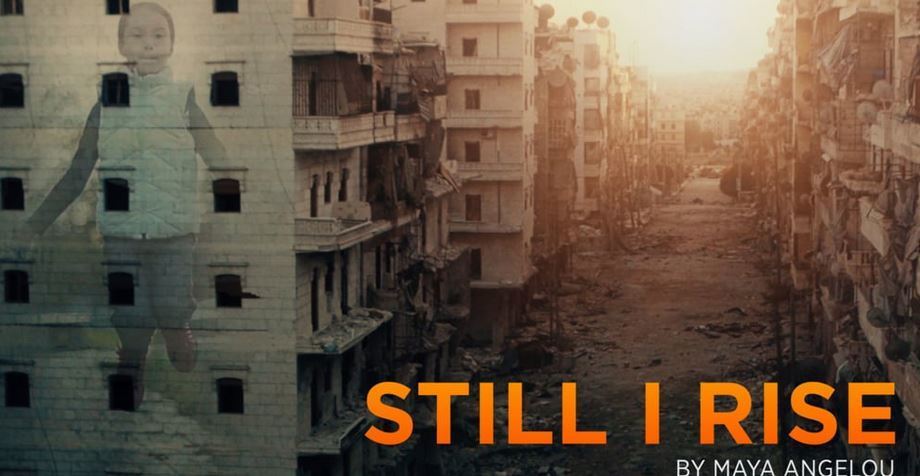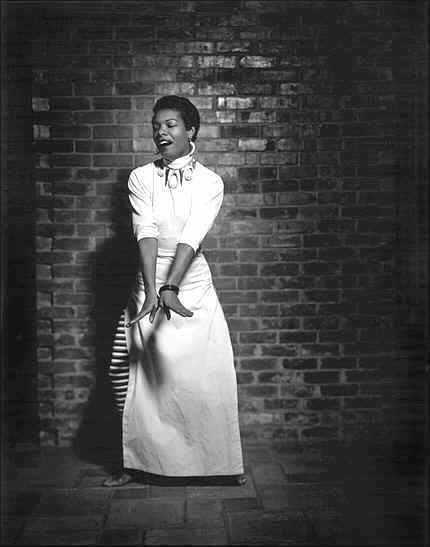Teacher's resource for learning about an important African-American writer and poet

Lesson Plan Description
Select from stories, films and art inspired by Maya Angelou to use in the classroom.
Students consider the following discussion questions in class conversation or as separate writing assignments.
Film and Artwork

This film about Maya Angelou was created by a middle school student filmmaker.


Discussion Questions:
1. After watching the award winning film "Still I Rise", what do you think are the most important hero traits that Ms. Angelou writes about in this poem that inspired this filmmaker?
2. When you look carefully at the portrait of Maya Angelou by Sergio Benenson, can you see what kind of a person this artist believes her to be? What are those traits?
3. As you read about her life, you learn that Maya Angelou came from humble beginnings and that she struggled as an adolescent and into her twenties. How many African-American young women have experienced the indignities, the disappointments and the prejudice that she lived through? Do you think anything has changed since then to improve the African-American woman's daily life? What are those changes and did Maya Angelou's writings including "I Know Why the Caged Bird Sings" contribute to these changes?
Maya Angelou was at the height of her career when she was invited to recite "On the Pulse of Morning" at the first inauguration of US President William J Clinton. But even as far back as her humble beginnings, Maya Angelou realized she had an important story to tell, one that would resonate with African Americans and women.
She was born in St Louis, Missouri in 1928. After a series of occupations including kitchen worker, sex worker, performer and journalist, she became a writer and a poet and joined the Harlem Writers Guild. In 1970, she published I Know Why the Caged Bird Sings, an autobiography of her life up to the age of 17. This book received international acclaim and would ultimately become required reading at college campuses all over the world.
Her poem, "Still I Rise" is recited because it emphasizes determination and persistence in the face of adversity, two characteristics that best describe Maya Angelou herself. Because of her significant contribution to the field of literature-- 7 autobiographies, 3 books of essays, numerous poetry collections, plays and screenplays--in 1982 Ms Angelou was appointed the first Reynolds Professor of American Studies at Wake Forest University in North Carolina for life.
Maya Angelou worked alongside Martin Luther King, James Baldwin and Oprah Winfrey throughout her life to further the Civil Rights Movement. She died in 2014 and has left a legacy that inspires equal opportunity, participation in the arts and social activism.
Learn about a New Hero Every Day of the Year: Use the MY HERO Calendar in the Classroom
|
|
The Maya Angelou lesson plan was revised by MY HERO Education Outreach Director Laura Nietzer. |

Dr. Maya Angelou Foundation
Established to support educational excellence and healthcare equity initiatives for all.
Organizer created on 3/29/2019 3:56:13 PM by Xenia Shin
Last edited 7/2/2024 1:38:52 PM by Laura Nietzer